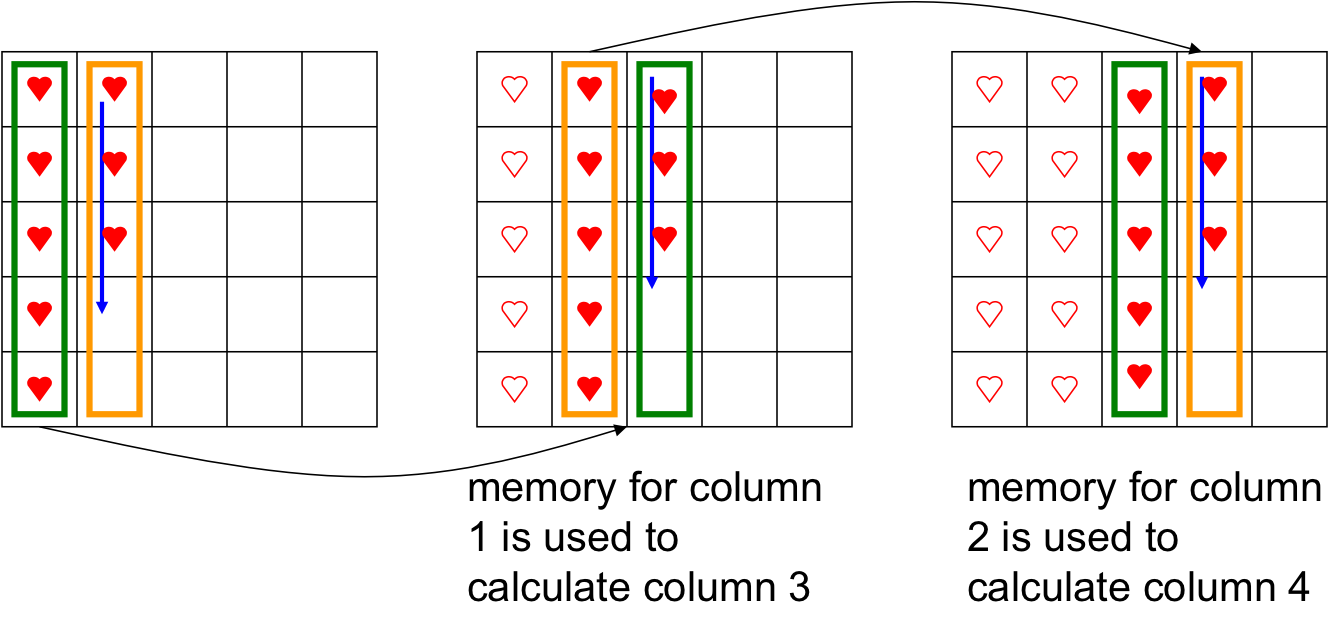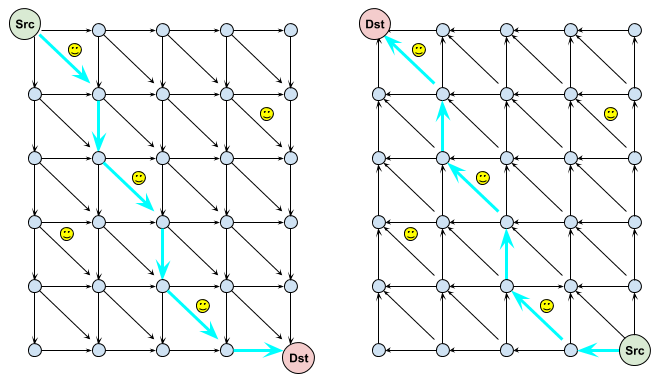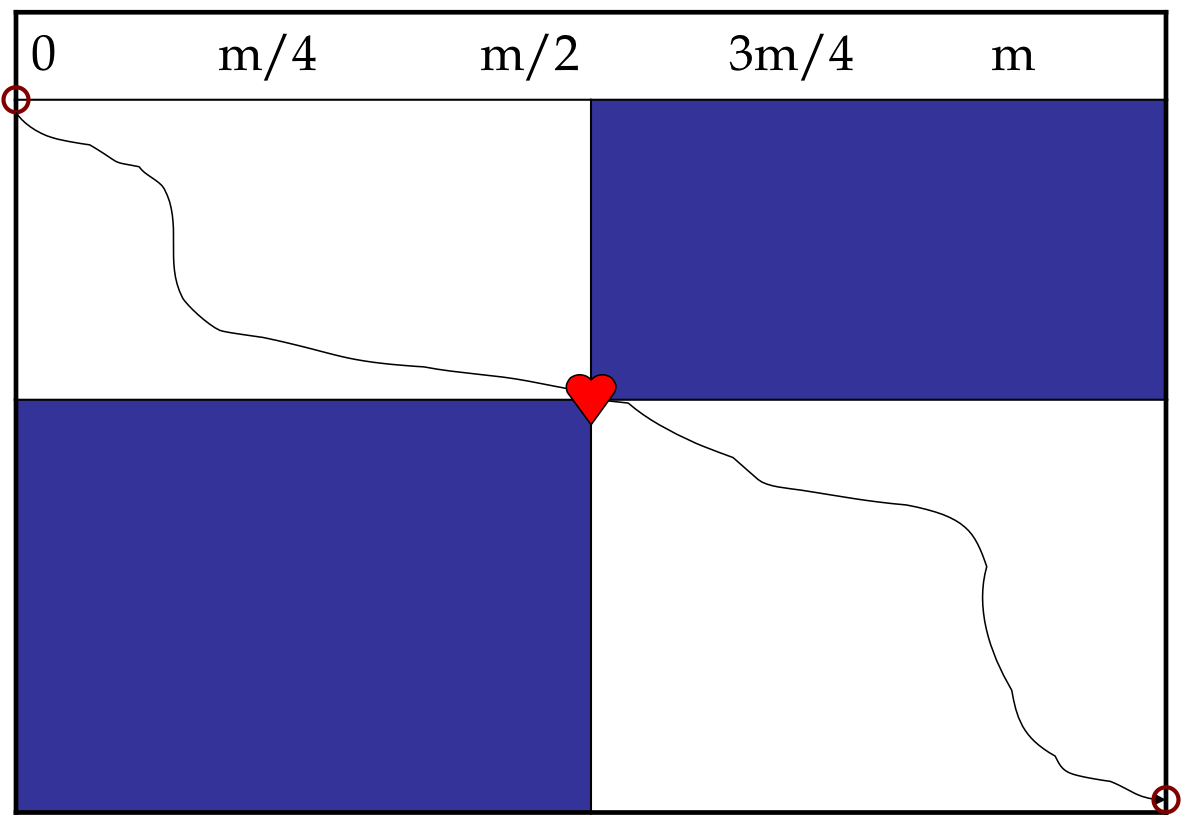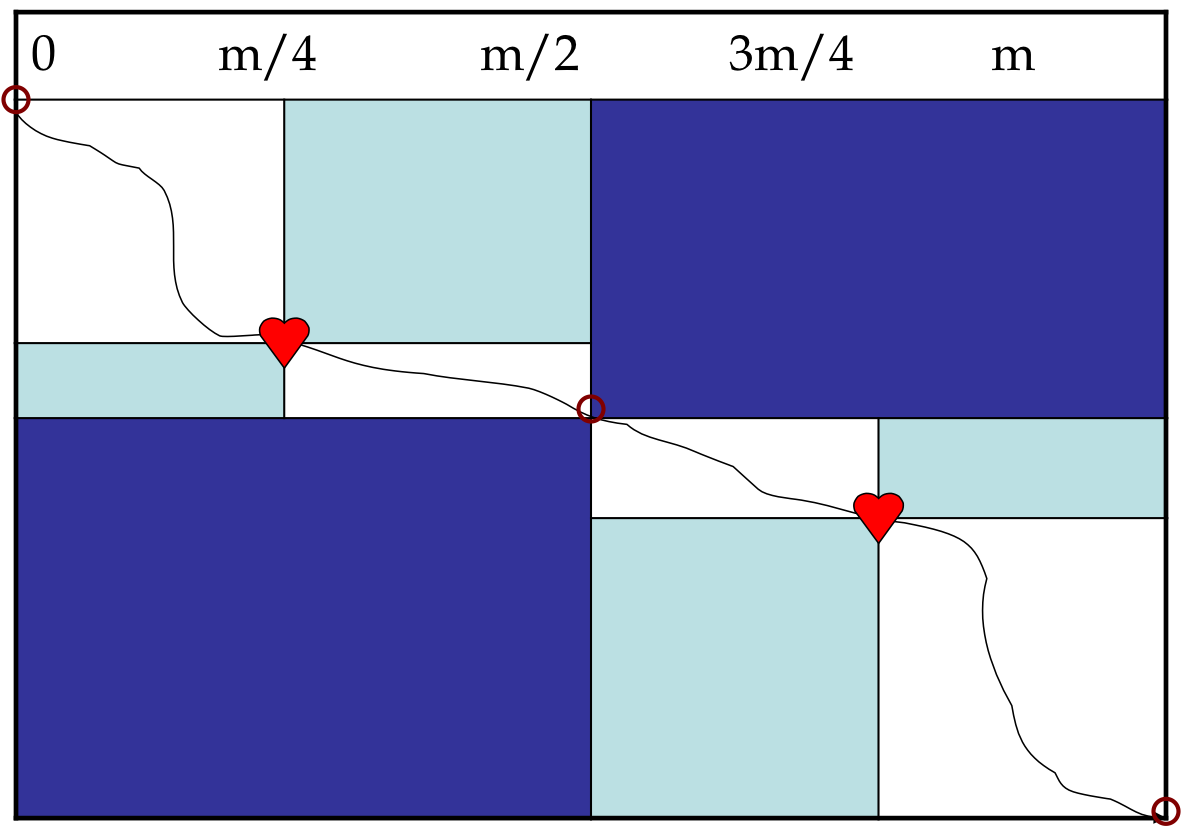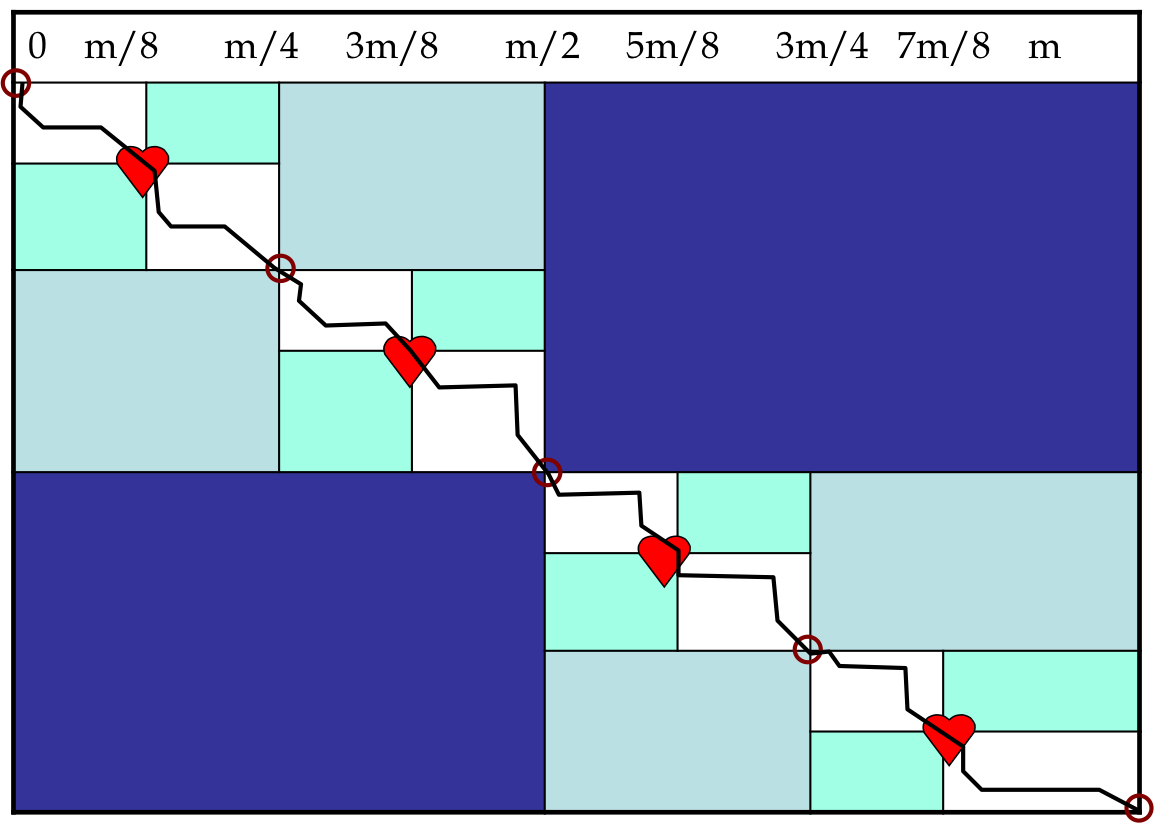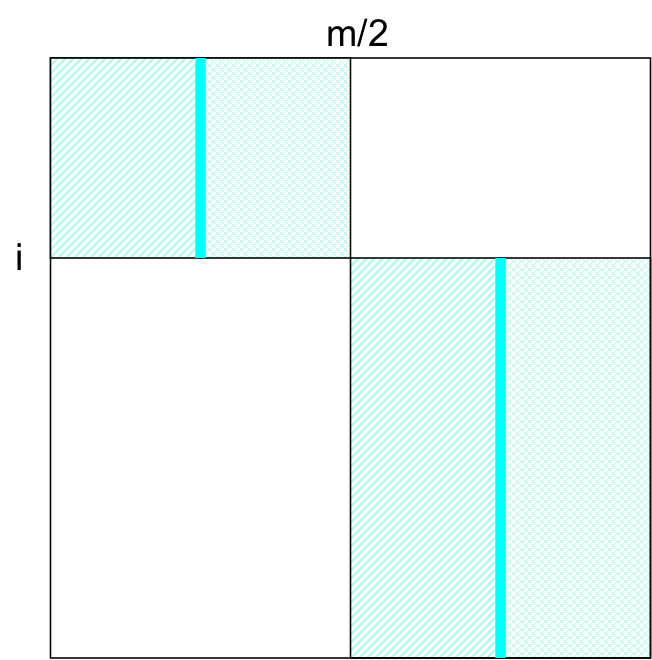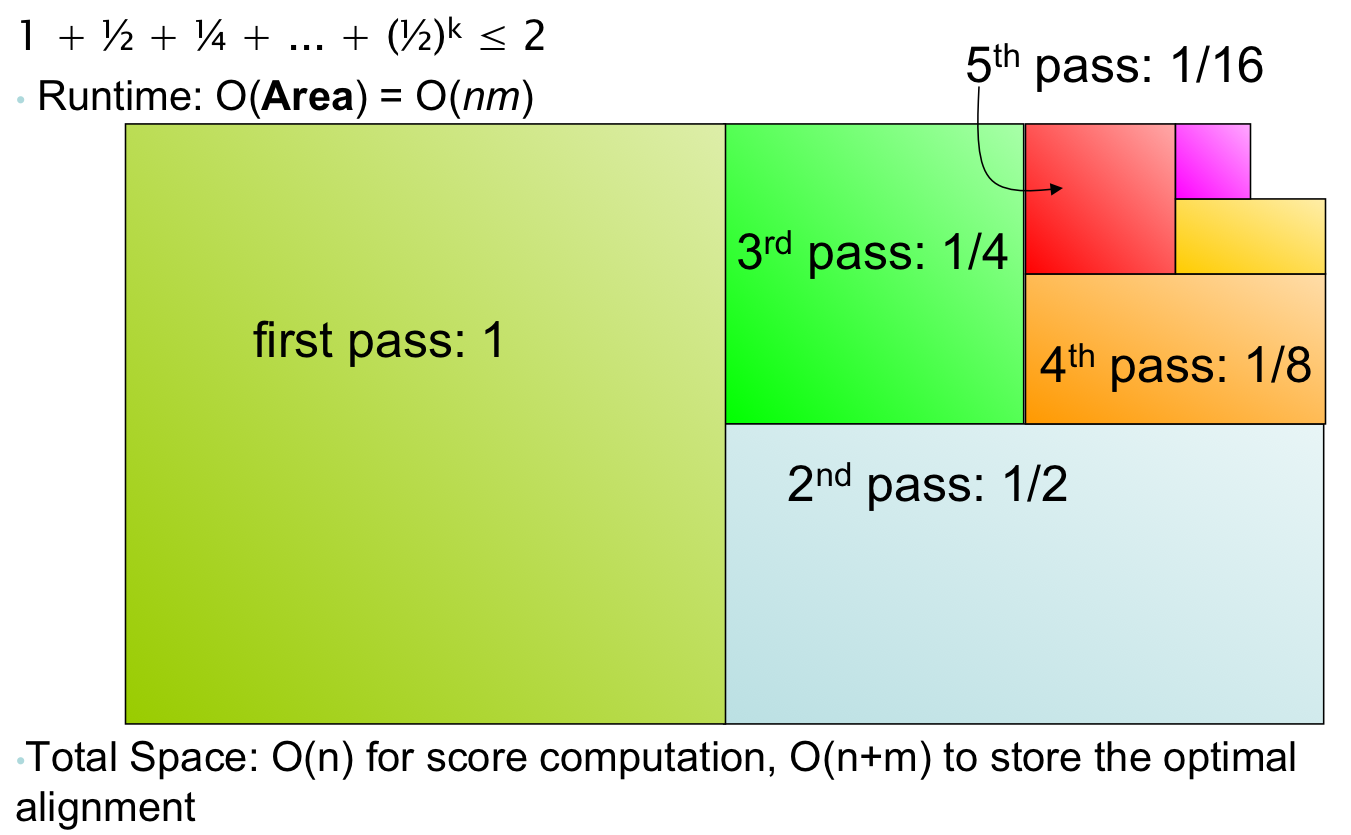The Essence of Divide and Conquer¶
- Divide problem into sub-problems
- Conquer by solving sub-problems recursively.
- If the sub-problems are small enough, solve them in brute force fashion
- Combine the solutions of sub-problems into a solution of the original problem
- This is the tricky part
2
Mergesort: Combine Trick¶
Merge¶
- 2 arrays of size 1 can be easily merged to form a sorted array of size 2
|
|
→ |
|
|
|
→ |
|
|
|
→ |
|
Move the smaller first value of the two arrays to the next slot in the merged array. Repeat.
2 sorted arrays of size p and q can be merged in $O(p+q)$ time to form a sorted array of size p+q
5
Now back to Biology¶
All algorithms for aligning a pair of sequences thus far have required quadratic memory¶
The tables used by the dynamic programming method

- Space complexity for computing alignment path for sequences of length n and m is O(nm)
- We kept a table of all scores and arrival directions in memory to reconstruct the final best path (backtracking)
7
Computing Alignments with Linear Memory¶
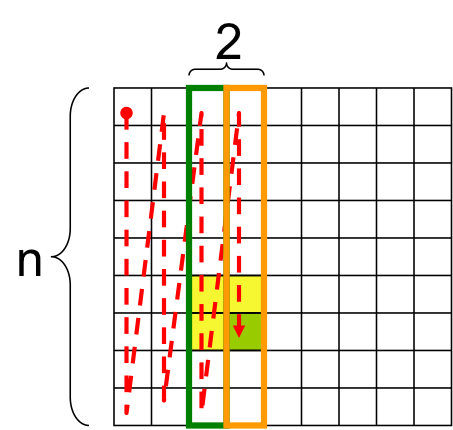
- If appropriately ordered, the space needed to compute just the score can be reduced to O(n)
- For example, we only need the previous column to calculate the current column, and we can throw away that previous column once we’re done using it
8
More Aside¶
Now suppose that we made two tours
- One from the source towards the destination
- A second from the destination of towards the source
- And we stop both tours at the middle column

- Can we combine these two separate solutions to find the overall best score?
11
A D&C Approach to find the best Alignment score¶
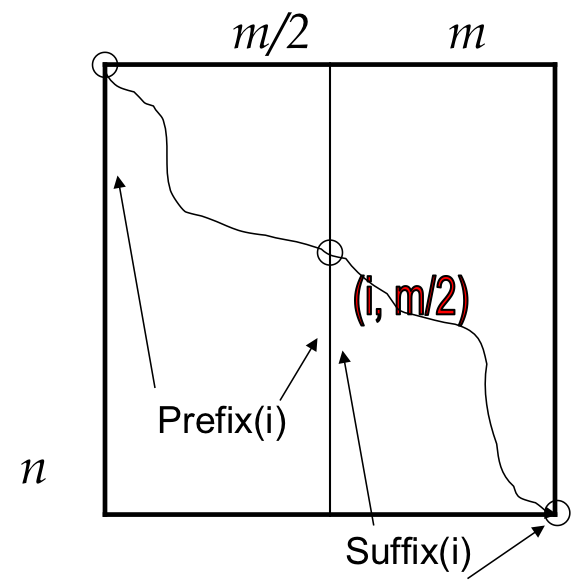
We want to calculate the longest path from (0,0) to (n,m) that passes through (i,m/2) where i ranges from 0 to n and represents the i-th row
Define Score(i) as the score of the path from (0,0) to (n,m) that passes through vertex (i, m/2)
12
Finding the Midline¶
Define (mid,m/2) as the vertex where the best score crosses the middle column.
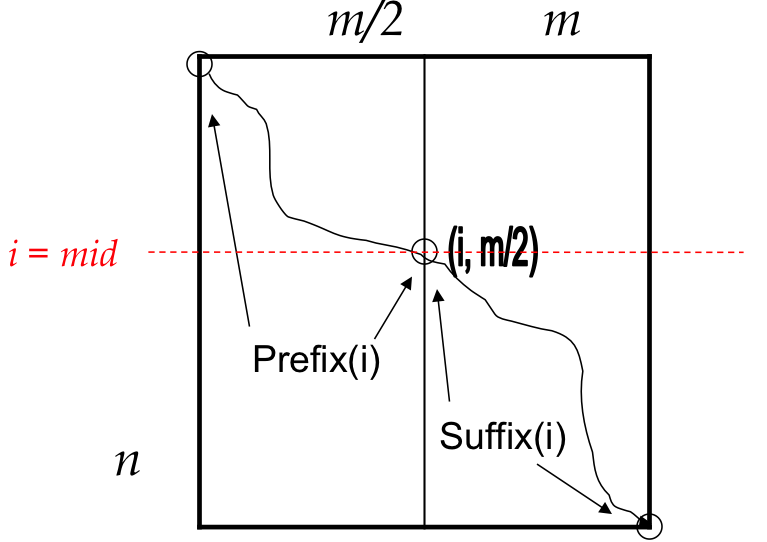
- How hard is the problem compared to the original DP approach?
- What does it lack?
13
Algorithm's Performance¶
- On first level, the algorithm fills every entry in the matrix, thus it does $O(nm)$ work
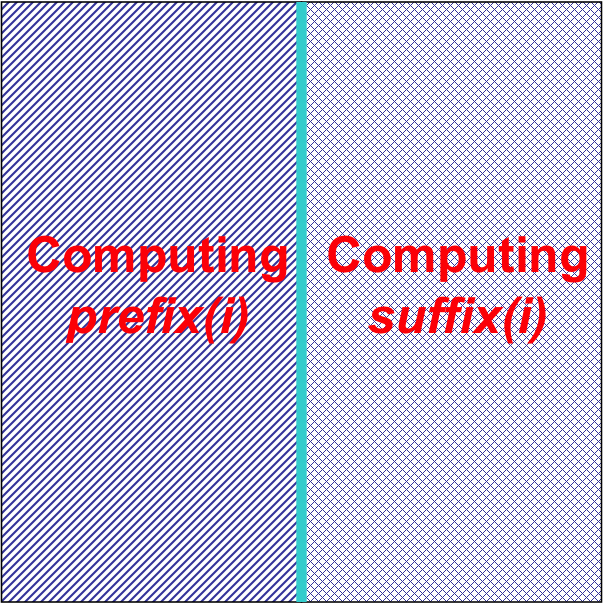
17
Work done on a second pass¶
- On second level, the algorithm fills half the entries in the matrix, thus it does $O(nm)/2$ work
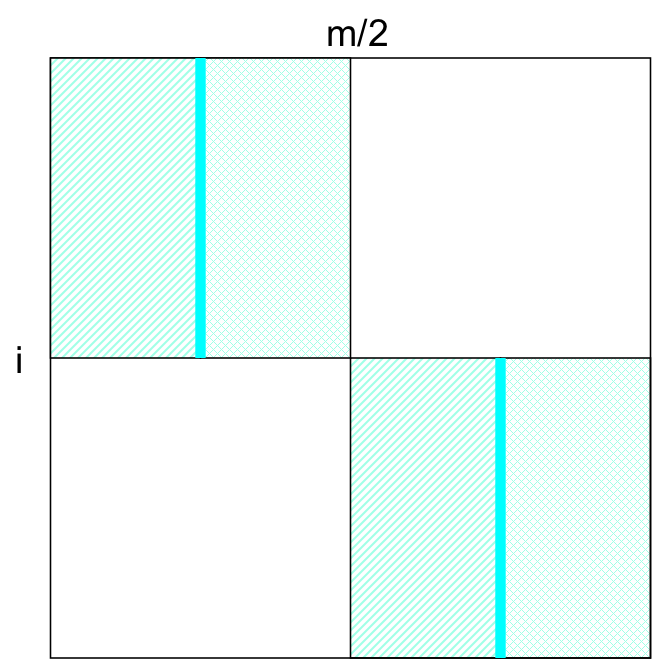
18
Work done on a third pass¶
- On the third level, the algorithm fills a quarter of the entries in the matrix, thus it does $O(nm)/4$ work
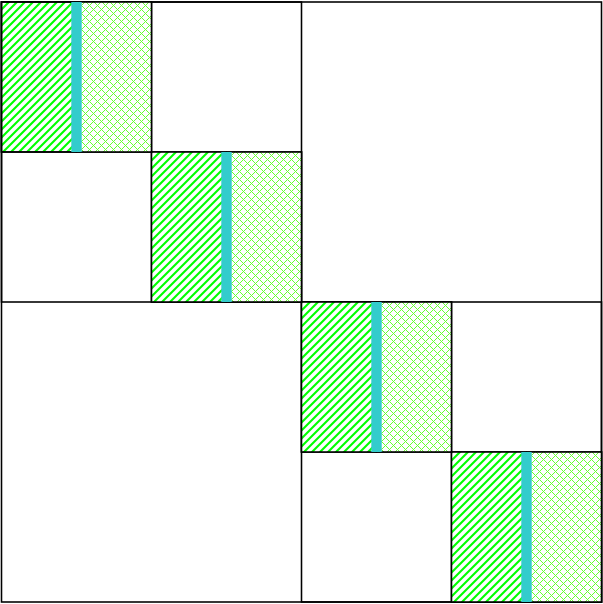
20
Can We Do Even Better?¶
- Align in Subquadratic Time?
- Dynamic Programming takes O(nm) for global alignment, which is quadratic assuming n ≈ m
- Yes, using the Four-Russians Speedup
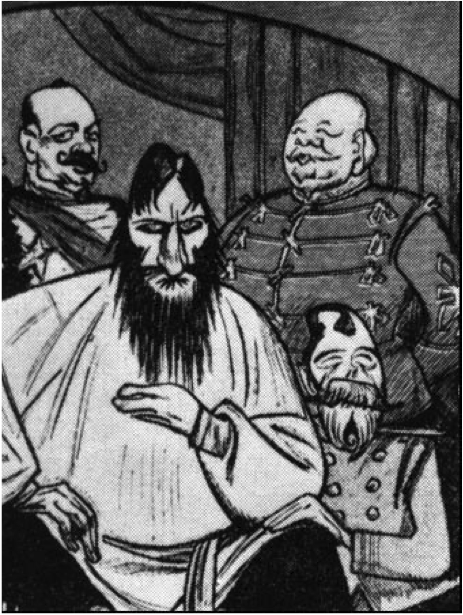
22
Block Logic¶
How does a block relate to a correct alignment?
- the alignment path passes through block
- the path does not use the block
The alignment passes through O(n/t) total blocks

Paths enter from the top or left and exit from the right or bottom
If we know the best score at the boundaries, perhaps we can peice together a solution as we did before.
24
Recall our Bag of Tricks¶
- A key insight of dynamic programming was to reuse repeated computations by storing them in a tableau
- Are there any repeated computations in Block Alignments?
- Let’s check out some numbers…
- Lets assume n = m = 4000 and t = 4
- n/t = 1000, so there are 1,000,000 blocks
- How many possible many blocks are there?
- Assume we are aligning DNA with DNA, so there sequences are over an alphabet of {A,C,G,T}
- Possible sequences are 4t = 44 = 256,
- Possible alignments are 4t x 4t = 65536
- There are fewer possible alignments than blocks, thus we must be frequently revisiting block alignments!
25

